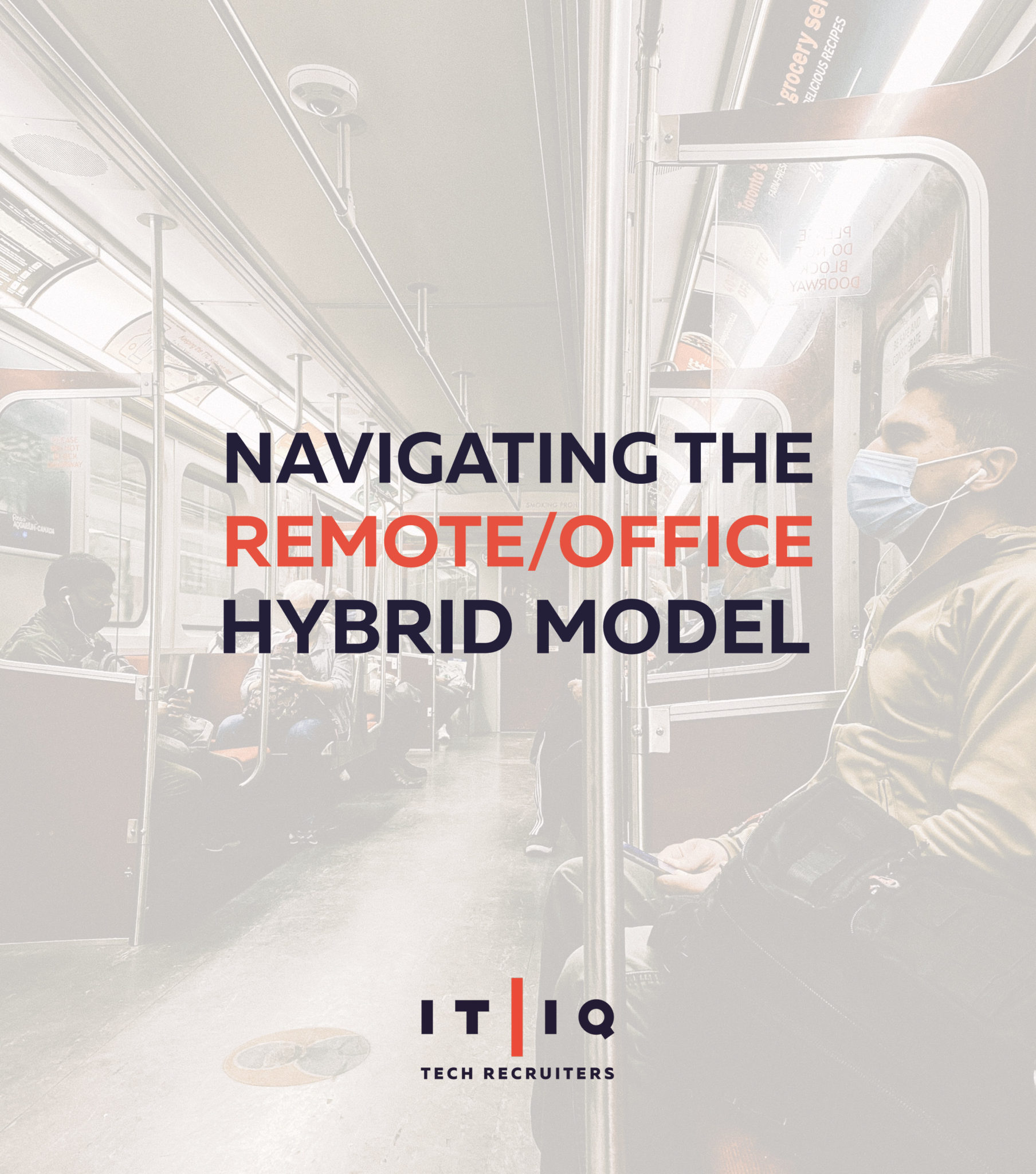Although working from home is not a new concept, most workforces were not working remotely prior to COVID-19. However, in what has felt like a couple of days, everyone able to work from home is working from home as a necessity to public health. This quick-change poses challenges for both managers and employees alike. As a remote employee, you may be dealing with having no functioning workspace, the responsibilities of home, and limited communication to coworkers. As a manager, you are having to manage to get everyone on the same page and to work efficiently and effectively.
Outlined below are five tips to help you navigate through this evolving situation and ensure your team remains productive and sane.
Structured Check-Ins
Part of the appeal of working at an office is the routine. This routine is stripped away when employees are working from home. To build it back up, implement structured check-ins either individually for employees who don’t’ usually collaborate, or as a conference call to provide a forum for your team to address concerns and assign tasks. A structured daily call will provide a regular and predictable routine.
Multiple Communication Channels
One of the hardest parts of managing remote workers is losing face-to-face communication. Email alone will not suffice as a replacement for this. Multiple communication channels are a great way of providing options for remote workers to get in touch. Video calls are a great way of checking-in one-on-one with employees to pick up on how they’re handling their new working environment. Instant messaging, through Slack, Microsoft Teams or any other IM workforce tool provide a quick way of chatting with employees and communicating anything too urgent for an email. And email can serve the same purpose it has served since the beginning of time, regardless of where the email is sent from.
Communication Etiquette
Once communication channels have been established, it is important to set up etiquette for them. Remote work becomes more efficient and orderly when managers set expectations for frequency, means, and timing of communication channels. Outline what each communication channel should be used for and how to use it properly. For example, informal communication can be carried out on instant messaging platforms, formal communication can be carried out by email, and urgent communication can be done by text or call.
Remote Social Interaction
How do you have water cooler talk without a water cooler and people to talk with? This is probably not the first question you’re asking as a manager tasked with managing remote workers. However, one of the most essential steps a manager can take is to structure ways for employees to interact socially while working remotely. This could be in the form of an informal conference call where everyone can just catch up, or contests related to sales to keep competitiveness present in the organization.
Be Flexible
For a lot of companies, this is not an ideal situation. The first few days of managing a remote team might be challenging. However, you must remain positive and flexible to the challenges that will be thrown at you. As long as there are multiple lines of communication, collaborate with team members to come up with solutions that accommodate worker’s individual situations. Like an overcrowded elevator, we are all in this together.



